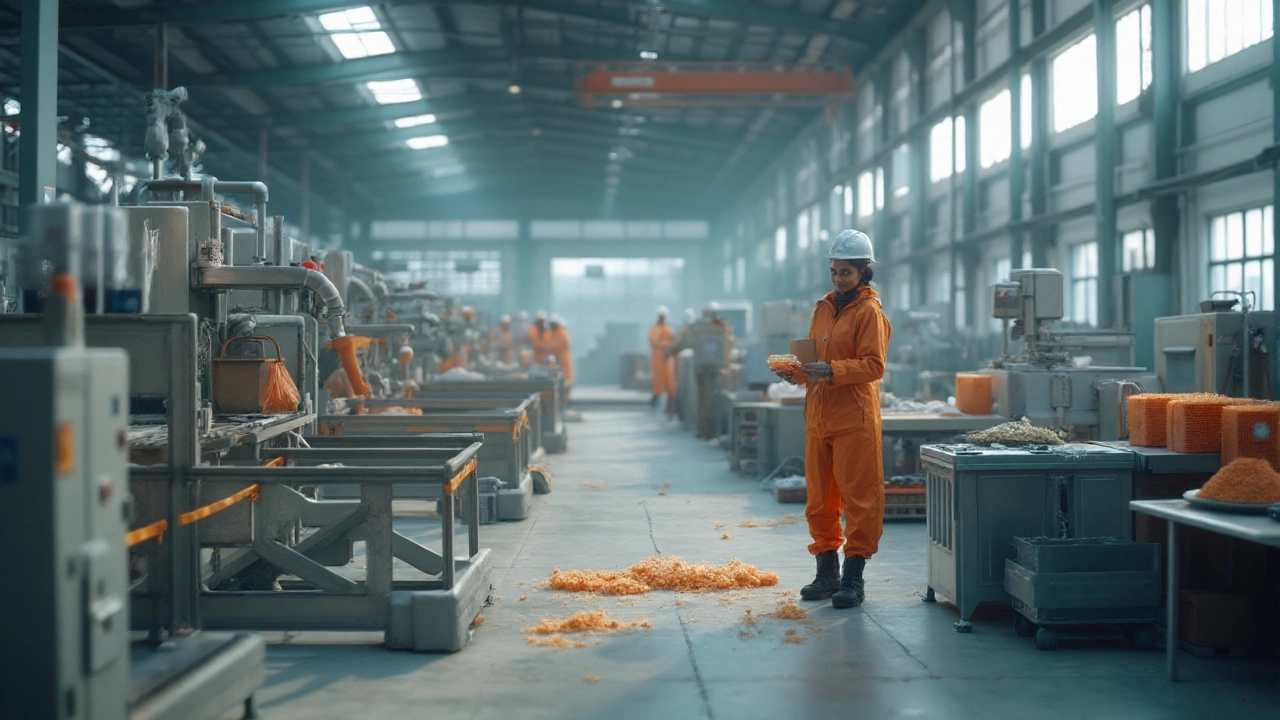Top Plastic Manufacturers in 2025: Who’s Leading the Market
Plastic is still a backbone of everyday goods – from bottles to car parts. In 2025 the industry is seeing faster growth, new polymer blends, and tighter environmental rules. Knowing which companies are shaping the market helps buyers, investors, and engineers make smarter choices.
Why these manufacturers matter
Big plastic makers set the pace for price, quality, and sustainability. Their R&D budgets decide whether new bio‑based polymers become mainstream or stay niche. When a leader upgrades its plant, the ripple effects reach suppliers, distributors, and even local job markets. That’s why a clear list of top players matters for anyone involved in product design or supply‑chain planning.
Key players to watch
Reliance Industries Ltd. – The Indian giant continues to dominate with its large PP and PET lines. In 2025 the company added a green‑polymer unit that uses waste feedstock, cutting CO₂ by about 15% per tonne.
Alpek (Mexico) – Holds a strong position in polyester and polypropylene. Alpek’s recent plant expansion in Texas boosted its global capacity to 4.5 million tonnes, making it a go‑to source for automotive plastics.
Sabic (Saudi Arabia) – Known for high‑performance engineering plastics. Sabic launched a new EVA product line that offers better flexibility for footwear and sports equipment.
Indo‑Pak Polyethylene (India) – A fast‑growing mid‑size player focusing on low‑cost HDPE for packaging. Their 2025 growth rate topped 12% thanks to aggressive export to Southeast Asia.
China National Chemical Corp. (ChemChina) – Still the world’s biggest producer by volume. ChemChina’s investment in recycling technology now lets it turn mixed plastic waste into usable resin, addressing both demand and regulation.
These firms aren’t the only ones on the map, but they set the benchmarks for capacity, technology, and market reach. Smaller niche makers often partner with them for specialty additives or custom colors.
For buyers, the rule of thumb is simple: pick a large, diversified producer for bulk needs and a specialized firm for unique performance specs. Check each company’s sustainability reports – many now disclose carbon intensity per kilogram of resin, a useful metric for green‑focused projects.
When choosing a supplier, also look at logistics. Companies with ports on both the Arabian Sea and the Pacific tend to offer lower freight costs for Asian and European customers. Reliability of delivery is just as important as price, especially for time‑critical manufacturing runs.
In short, 2025’s top plastic manufacturers combine scale, innovation, and a clear path toward greener production. Whether you’re sourcing PET for beverage bottles or high‑strength nylon for electric‑vehicle parts, knowing who leads the industry helps you secure the right material at the right price.
Keep an eye on quarterly earnings and new plant announcements – the plastic landscape shifts quickly, and today’s leader could be tomorrow’s laggard if they ignore sustainability trends.

Best Plastic Companies 2025: Top Manufacturers, Recyclers, and Suppliers Compared
Stop guessing which plastic supplier to pick. See the best manufacturers, recyclers, and converters in 2025, how to choose, and who fits your project and budget.
Read More